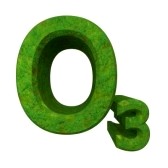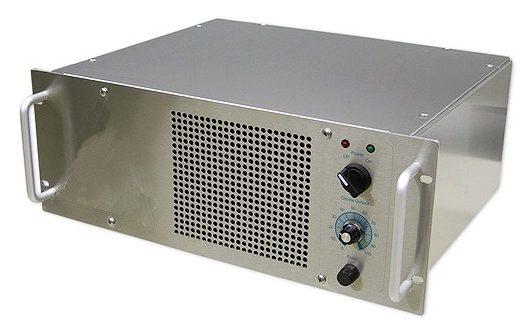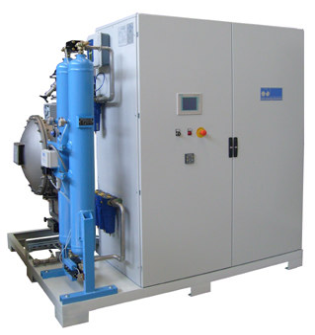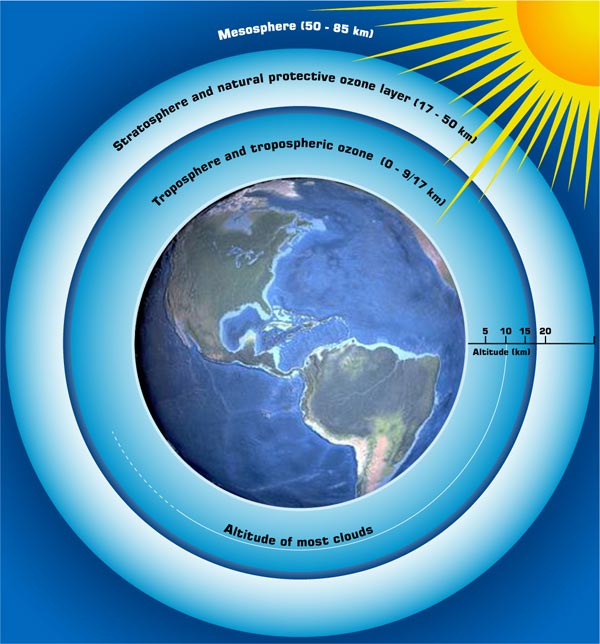
In 1785, the Dutch chemist Martinus Van Marum was conducting experiments involving electrical sparking above water when he noticed an unusual smell, which he attributed to the electrical reactions, failing to realize that he had in fact created ozone.
Ozone (or trioxygen) is an inorganic molecule with the chemical formula O3. Ozone is a colorless gas that has an odor similar to the smell of the air after a major thunderstorm. Ozone is an unstable molecule which readily gives up one atom of oxygen providing a powerful oxidizing agent which is toxic to most waterborne organisms.

 The Ozone can be artificially produced, by generators, so that it can be used for water treatment disinfection. The ozone generators can create ozone artificially by means of extremely high voltages or by means of UV-light. Both methods involve the decomposition of the oxygen molecule. This causes oxygen radical formation. These oxygen radicals can bind to oxygen molecules, forming ozone (O3).
The Ozone can be artificially produced, by generators, so that it can be used for water treatment disinfection. The ozone generators can create ozone artificially by means of extremely high voltages or by means of UV-light. Both methods involve the decomposition of the oxygen molecule. This causes oxygen radical formation. These oxygen radicals can bind to oxygen molecules, forming ozone (O3).
